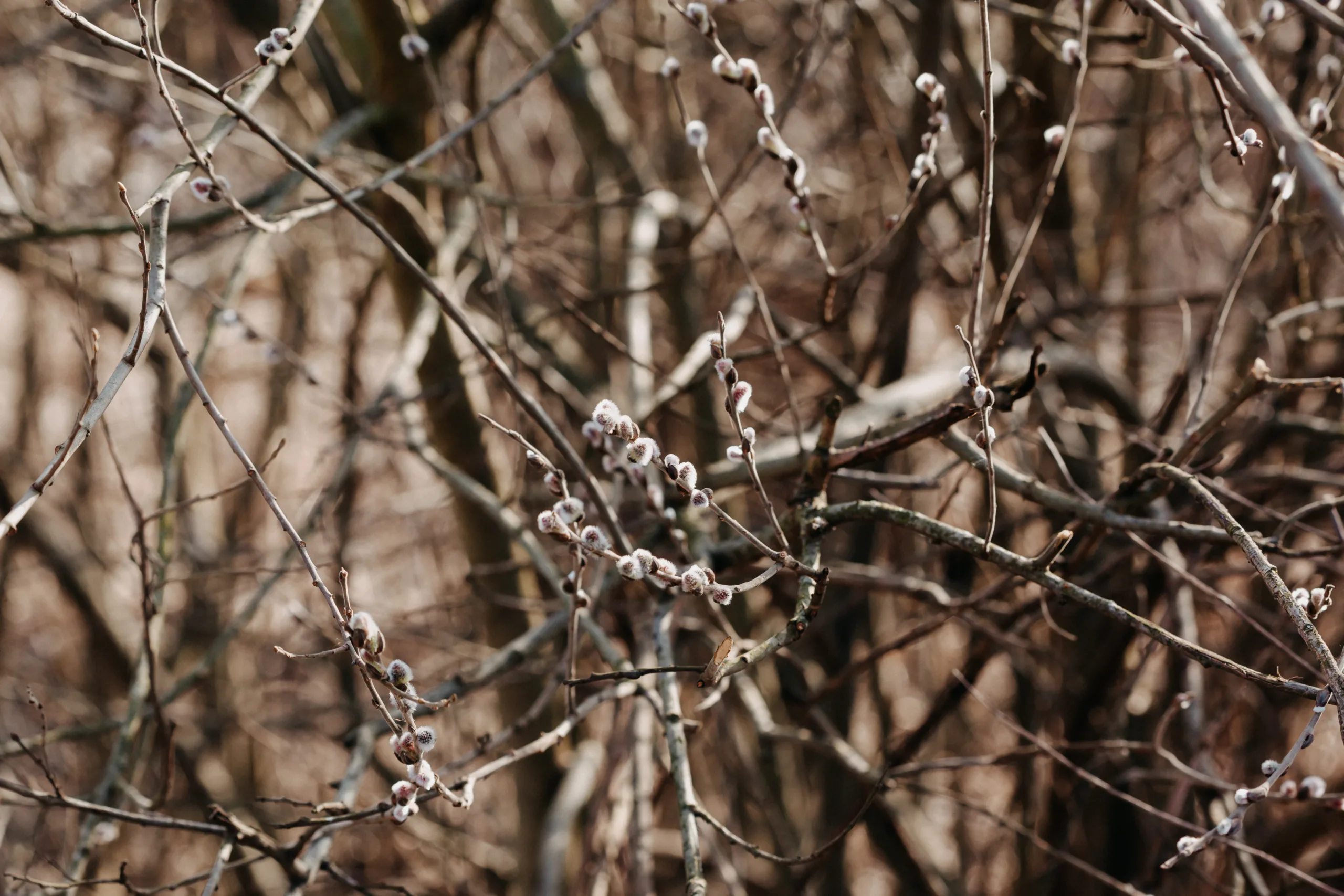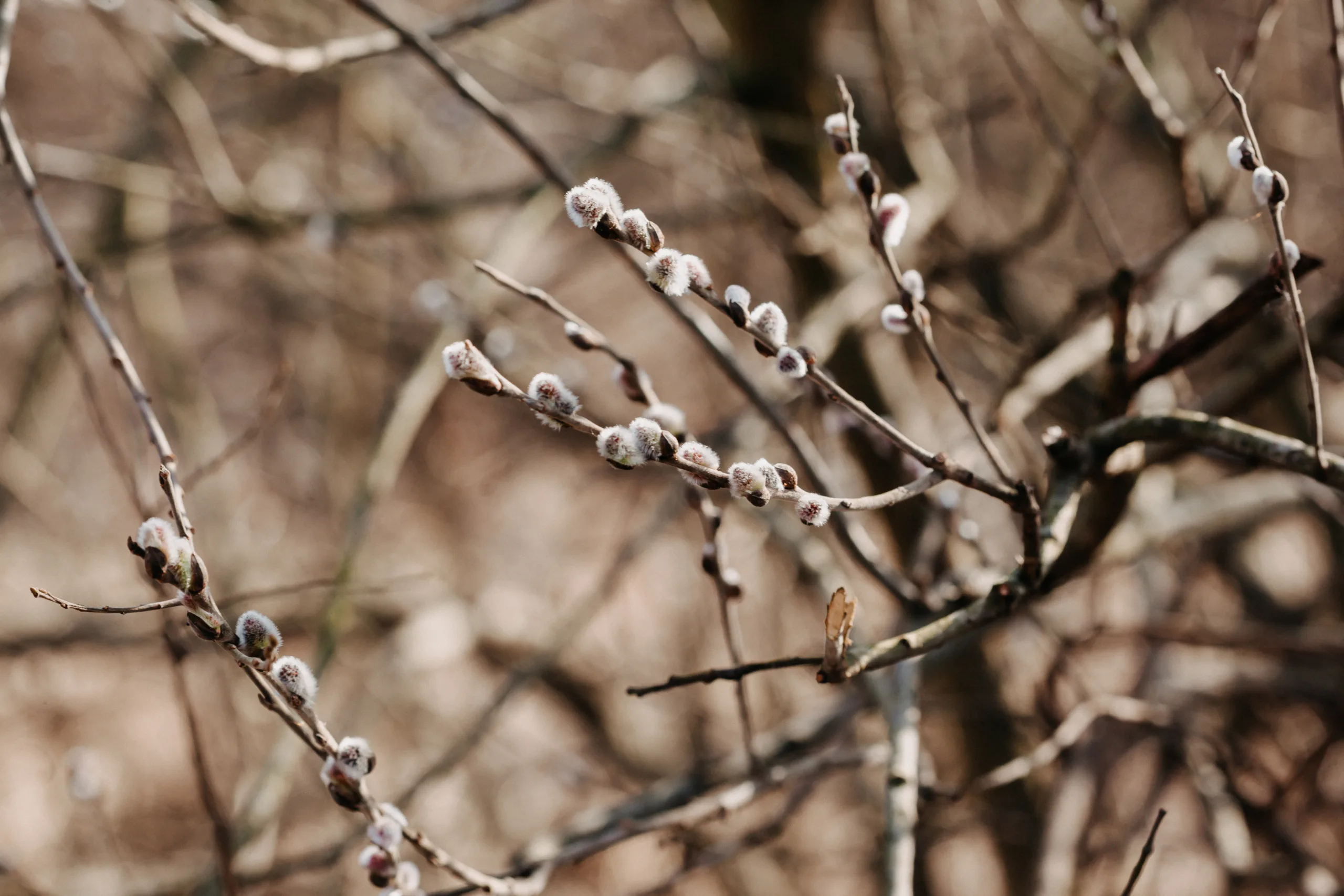Growing hybrid willow trees can be a rewarding experience for gardeners and tree enthusiasts alike. Whether you’re looking for a way to create a privacy screen, or to simply add beauty to your garden, hybrid willow trees provide a unique and attractive option.
In this article, we will provide you with all the information you need to successfully grow hybrid willow trees. We’ll cover topics such as choosing the right location for planting, how to properly care for your trees, and tips on harvesting the willows. By the end of this article, you’ll have all the knowledge and resources necessary to successfully grow hybrid willow trees in your own garden.
So if you’re ready to begin your journey of growing hybrid willow trees, let’s get started!To plant hybrid willow trees, begin by selecting a location with moist soil, full sun, and protection from wind. Dig a hole that is twice as wide as the root ball of your tree and equal in depth. Place the tree in the hole, spreading the roots out to their natural position. Backfill the hole, adding soil as needed. Pack it down lightly with your hands to help remove air pockets. Water slowly for several minutes until it begins to pool and soak in. Finally, apply a layer of mulch around the base of your tree to maintain moisture.
Preparing The Soil For Hybrid Willow Trees
Hybrid willow trees require well-drained, fertile soil in order to thrive. The soil should be amended with a 2- to 4-inch layer of compost or other organic matter prior to planting. This helps to improve the soil structure and increase its ability to hold moisture and nutrients. It is also important to test the pH level of the soil, as hybrid willow trees prefer a slightly acidic environment with a pH of 6.0-7.0. If the soil is too alkaline or acidic, it can be adjusted by adding lime or sulfur respectively. The addition of fertilizer may also be necessary when preparing the soil for hybrid willow trees, depending on the results of a soil test. Be sure to follow all label instructions for proper application and dosage rates when using fertilizer.
It is also important to ensure that the planting site receives adequate sunlight throughout the day as hybrid willow trees need at least six hours of direct sunlight per day in order to thrive. Finally, it is important to avoid areas that are prone to flooding or standing water, as this can cause root rot in these trees.
The Best Climate Conditions for Hybrid Willow Trees
Hybrid willow trees are popular due to their fast growth rate, attractive foliage and low maintenance requirements. To ensure that your hybrid willow tree thrives and produces healthy growth, it is important to understand the best climate conditions for this species. Hybrid willow trees prefer cool climates with ample moisture, making them ideal for temperate climates or areas near large bodies of water.
Hybrid willow trees require full sun in order to flourish. They should be planted in an area where they will receive at least six to eight hours of direct sunlight each day. The best soil conditions for hybrid willows are deep, moist soils with good drainage. Planting in an area that experiences high humidity during the summer months may result in leaf spot or powdery mildew on the foliage; however, this can be managed with proper watering and fertilization methods.
Hybrid willow trees are very tolerant of cold temperatures and can survive harsh winters if planted in a sheltered location. However, it is important to note that hybrid willows do not tolerate extended periods of drought or heat very well and may suffer if temperatures exceed 90°F (32°C) on a regular basis. If planted in an area with hot summers, it is important to provide adequate irrigation and shade during these months in order to ensure healthy growth and reduce stress on the tree.
Overall, hybrid willow trees prefer cooler climates with ample moisture, full sun exposure and well-drained soils that are kept consistently moist but not wet. With proper care and attention, these trees can thrive in many different areas as long as their basic needs are met.
Hybrid Willow Trees Water Requirements
Hybrid willow trees are a popular tree selection for landscaping and require regular watering to thrive. The amount of water needed for a hybrid willow tree depends on the size, location, and weather conditions. Generally, hybrid willow trees should be watered every few days to ensure they receive enough moisture. During periods of hot or dry weather, the trees may require more frequent watering. It is important to check the soil around the base of the hybrid willow tree regularly to ensure that it is not dry and in need of additional water. If the soil is dry, then water should be applied until it is damp but not overly saturated. Additionally, mulch should be applied around the base of the tree in order to help retain moisture in the soil and prevent weeds from growing.
It is important to note that too much water can also be detrimental to hybrid willow trees. Overwatering can lead to root rot or other problems with the tree’s health. Therefore, it is important not to overdo it when watering your hybrid willow trees; instead, check the soil regularly and provide only enough water so that it remains damp without becoming soggy. If you are unsure about how much water your hybrid willow tree needs, then consult a professional arborist for guidance.
Fertilizer Requirements For Hybrid Willow Trees
Hybrid willow trees are a fast-growing tree with foliage that is a deep green color. They can be used for landscaping, providing shade, and for windbreaks. Fertilizing hybrid willow trees is an important part of their care in order to ensure optimal growth and health. Knowing the appropriate fertilizer requirements for hybrid willow trees can help you maintain their health and beauty.
Hybrid willow trees should be fertilized twice a year, once in early spring and once in late summer. A slow-release fertilizer should be used that has an equal balance of nitrogen, phosphorus, and potassium, such as a 10-10-10 or 12-12-12. This type of fertilizer will slowly release nutrients over time, allowing the tree to absorb them as needed. It is best to apply the fertilizer evenly around the drip line of the tree, as this is where the most active root growth occurs.
It is also important to keep your hybrid willow tree well watered during dry periods. If your tree has been recently planted or transplanted it is especially important to water regularly until it becomes established. You may also want to add mulch around the base of your hybrid willow tree to help retain moisture and provide additional nutrients.
By following these simple fertilizer requirements for your hybrid willow tree you can provide it with the nutrients it needs to stay healthy and grow strong. With proper care, your hybrid willow tree can bring beauty and enjoyment to your landscape for years to come!

Pruning and Training Hybrid Willow Trees
Hybrid willow trees are a popular choice for landscaping and they can provide a beautiful addition to any yard. Pruning and training hybrid willow trees is an important part of keeping these plants healthy and looking great. Pruning helps to promote new growth, while training ensures the tree grows in a desired shape or form. Pruning should be done regularly throughout the year, while training should be done when the tree is young and still actively growing.
The first step in pruning hybrid willow trees is to remove any dead or diseased branches. These branches should be cut at their base, as close to the trunk as possible, to avoid leaving a stub that could interfere with new growth. Once all of the dead or diseased material has been removed, it’s time to shape the tree by removing any unwanted branches or leaves. It’s best to use sharp pruners for this task, as they make a cleaner cut that won’t leave jagged edges that can attract pests or disease.
When it comes to training hybrid willow trees, it’s important to start early while the tree is still young and flexible. Willow trees are quite pliable when they are young, so you can easily bend branches into desired shapes and positions without damaging them. As the tree gets older, however, it will become less pliable so it’s important to get in the habit of training your hybrid willow tree early on. You can use stakes or wires for support if needed as well as tying branches into desired positions with twine or fabric strips if necessary.
Overall, pruning and training hybrid willow trees is an important part of keeping them healthy and looking their best. Pruning helps promote new growth while training ensures that the tree grows in desirable shapes or forms. It’s important to begin pruning early on while also using sharp pruners for clean cuts that won’t attract disease or pests. Additionally, training should be started when the tree is young so you can take advantage of its flexibility before it becomes too rigid over time. With proper pruning and training techniques your hybrid willow tree can look great all year round!
Controlling Pests and Diseases of Hybrid Willow Trees
Hybrid willow trees are an excellent choice for landscaping, as they are fast-growing, hardy, and relatively pest-free. However, like any other tree, hybrid willow trees can be susceptible to pests and diseases. Fortunately, there are a variety of methods available for controlling pests and diseases on hybrid willow trees.
One of the most effective ways to prevent pests or disease from occurring on hybrid willow trees is to keep the tree healthy. This means providing adequate water, fertilizing regularly, and pruning away dead or damaged branches. Pruning should occur in late winter or early spring before new growth begins. Regular inspections of the tree also provide an opportunity to identify any potential issues early on so that preventive measures can be taken.
In addition to preventive measures, there are a variety of chemical treatments available for controlling pests and diseases on hybrid willow trees. Insecticides can be used to control a variety of insects such as aphids and whiteflies. Fungicides may be necessary if the tree develops a fungal infection such as powdery mildew or black spot. It is important to follow label instructions when applying any chemical treatment to ensure safe and effective use.
Finally, beneficial insects such as ladybugs, lacewings, and predatory mites can be used to control certain pests on hybrid willow trees. These beneficial insects feed on insect pests such as aphids and spider mites without harming the tree itself or other beneficial organisms in the environment. Additionally, these natural predators can help reduce the need for chemical treatments so that pest populations are managed without potentially harmful chemicals entering the environment.
Harvesting From Hybrid Willow Trees
Harvesting from hybrid willow trees can be a great way to produce bioenergy and reduce the need for fossil fuels. Hybrid willow trees are a type of fast-growing tree that can produce a large amount of biomass in a relatively short period of time. Willow trees are also more tolerant of cold climates and have better disease resistance than traditional energy crops. This makes them perfect for growing in northern climates where other energy crops may not be able to survive. They can also be planted quickly and harvested in as little as two years, making them an ideal crop for short-term energy production.
When harvesting from hybrid willow trees, it is important to ensure that the trees are properly pruned and managed in order to maximize the yield and efficiency of the harvest. Proper pruning techniques help to promote healthy growth, reduce the chance of disease, and increase the amount of biomass produced per acre. It is also important to harvest at the right time in order to maximize yield and minimize losses due to pests or diseases. Harvesting at the wrong time can result in significant losses due to premature shedding or rotting of woody material.
In addition, harvesting from hybrid willow trees requires proper safety precautions. Working with these types of trees can be dangerous due to their size and weight, so it is important to wear protective clothing and use appropriate tools when harvesting them. It is also important to be aware of any regulations or restrictions that may exist in your area regarding harvesting from hybrid willow trees.
Harvesting from hybrid willow trees is a great way to produce sustainable bioenergy while reducing our reliance on fossil fuels. By following proper management practices, taking safety precautions, and harvesting at the right times, you can ensure that you get maximum yields from your hybrid willow tree harvests while protecting both your health and the environment.

Conclusion
Hybrid willow trees can be a great addition to any garden. They are low maintenance and require little care. Hybrid willow trees offer a variety of shapes, sizes, and colors, making them the perfect choice for landscaping or for creating an outdoor living space. Planting hybrid willow trees is easy and can be done by anyone with a bit of knowledge and patience. Proper selection and placement of hybrid willow trees is essential in order to ensure that they thrive in their new environment.
With proper planting and care, hybrid willow trees can provide many years of enjoyment. They are beautiful to look at, provide shade, attract birds and other wildlife, as well as offer privacy. Hybrid willow trees can also help improve air quality by capturing pollutants from the air through their leaves.
Overall, hybrid willow trees are an excellent choice for any garden or landscape design project. With the right knowledge and care, they are sure to bring beauty and life to any outdoor space!

My interest in trees started when I first saw the giant sequoias in Yosemite.
I was a teenager then, and I remember thinking, “I need to learn more about this.”
That moment stuck with me.
A few years later, I went on to study forestry at Michigan Tech.
Since graduating, I’ve worked in a mix of hands-on tree care and community education.
I’ve spent over ten years helping people understand how to plant, maintain, and protect the trees in their neighborhoods.
I don’t see trees as just part of the landscape.
They are living things that make a real difference in our daily lives.
